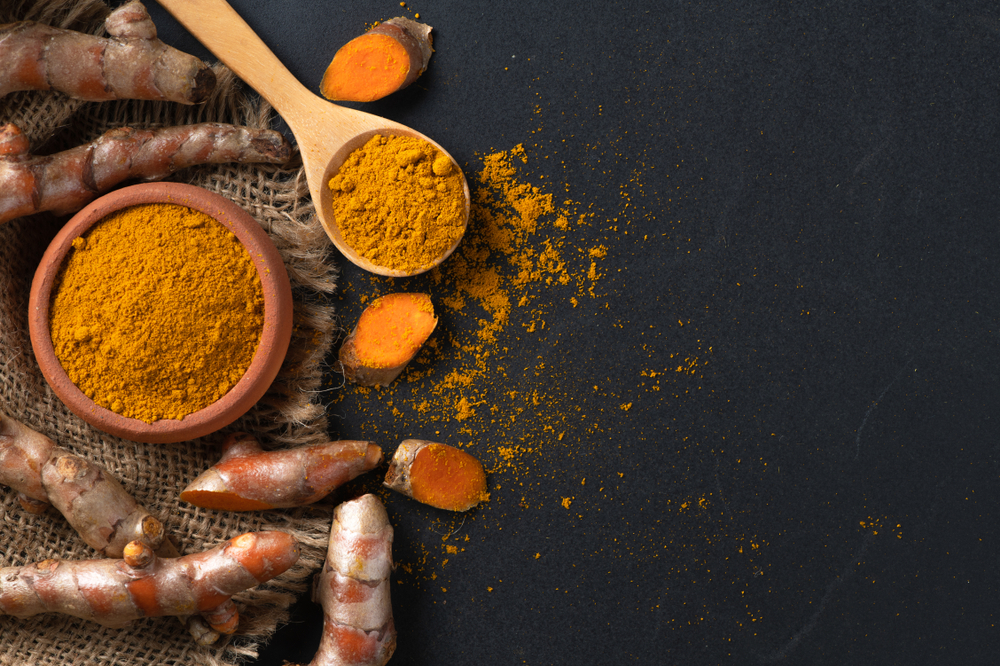
What is Curcumin?
Turmeric is a spice extracted from the rhizome of a plant called Curcuma longa, which belongs to the Ginger family. The yellow pigment found in this spice is known as curcumin. This constituent curcumin has numerous effects on the body.
IV Curcumin
Curcumin is well known to be poorly absorbed and IV curcumin bypasses this issue of malabsorption.
Health Canada prohibits advertising of IV medicines associating them with any disease, health condition or showing the studies of these medicines. Please give us a call or email for further information.
Is IV Curcumin Right for Me?
Health Canada prohibits advertising of IV medicines associating them with any disease, health condition or showing the studies of these medicines. Please give us a call or email for further information.
Book an appointment or call our office today at (204) 775-4539 to discuss potential treatment options
